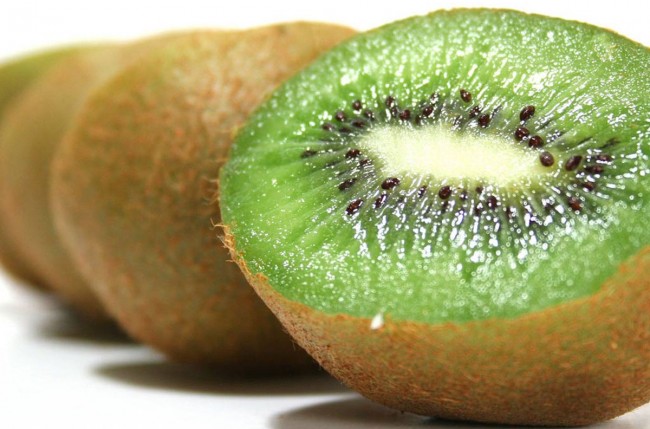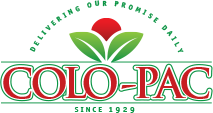
Kiwifruit, generally known as “kiwi” are large berries prized for their tangy flavor and juicy texture. Native to China, the fruit was, until recently, known as the “Chinese gooseberry.” The fruit was never particularly popular in China, and was considered a tonic in Chinese folk medicine and was used to encourage growth in children and to help women recover from childbirth. Kiwifruit were relatively unknown in most of the world until the early 20th century when New Zealanders discovered the fruit and began to cultivate it. In order to give the fruit more market appeal, New Zealand growers marketed the fruit under the name “kiwifruit” rather than “gooseberry.” Slowly, throughout the first half of the 20th century, New Zealand farmers brought the kiwifruit to the global produce market. In World War II, American soldiers stationed in New Zealand discovered and developed a taste for kiwis and soon after, kiwifruit exports from New Zealand boomed. Commercial exports of kiwifruit from New Zealand began in 1953. Today, Italy, New Zealand, and Chile are the largest producers of kiwifruit. The main categories of kiwifruit are fuzzy and golden. Fuzzy kiwifruit are the most abundant, and the fuzzy kiwifruit cultivar, “Hayward” is by far the most common. Hayward kiwifruit exhibit the iconic egg-shape and have fuzzy skin and vibrant green flesh. Golden kiwifruit are smooth-skinned and, as the name suggests, yellowish in color.
Kiwifruit can be eaten fresh, on its own, or as an ingredient in a number of recipes. The juice of kiwifruit can act as a meat tenderizer, because it contains the enzyme actinidain, which breaks down proteins. Because of this, kiwifruit can be a great component in marinades. Fresh kiwifruit can be rubbed on meat, or cooked with slices of the fruit to get this tenderizing benefit. Poultry and fish work especially well with kiwi. Add sliced kiwifruit to fruit salad for an added zip, or top a tossed salad with chunks of the fruit to add zing. Add the juice of kiwifruit to other juices for extra flavor. Apple juice greatly benefits from the addition of kiwifruit because it lowers apple juice’s natural acidity.
Pick kiwifruit that are firm, and heavy for their size. Fruit with significant blemishes or breaks in the skin should not be used. Hard kiwifruit are under ripe, and require a few days to ripen. The process can be sped up by storing the fruit in a paper bag with a banana. This is due to the natural ethylene gas that is given off by bananas that induce ripening in other fruits. Store kiwifruit in the refrigerator where they will stay fresh for about a week. Freeze the fruit to store it for up to a year. Easy methods of preparing kiwifruit include cutting it in half and scooping the flesh out with a spoon, or peeling the fruit and using an egg slicer to make uniform medallions of the fruit. Smooth kiwifruit can be eaten with the skin on, but the skin of fuzzy kiwifruit is unpalatable and should be peeled. Always wash fresh produce before use.


 BACK TO PRODUCTS
BACK TO PRODUCTS